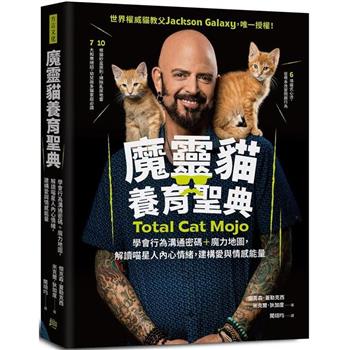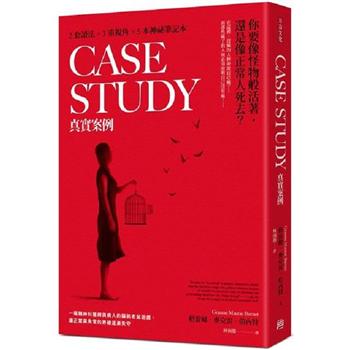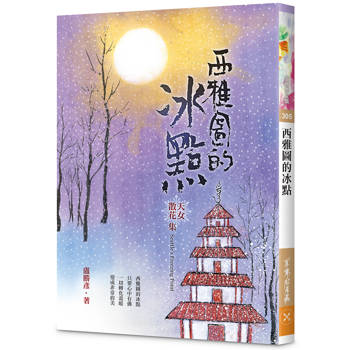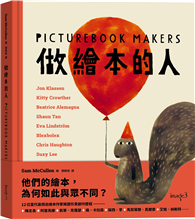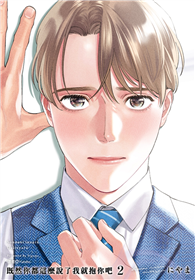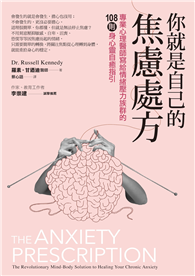Drawing on historical, literary and cultural studies perspectives, this book examines the phenomenon of the "Returned Yank" in the cultural imagination, taking as its point of departure the most exhaustively discussed Returned Yank narrative, The Quiet Man (dir. John Ford, 1952). Often dismissed as a figure that embodies the sentimentality and nostalgia of Irish America writ large, this study argues that the Returned Yank’s role in the Irish cultural imagination is much more varied and complex than this simplistic construction allows. Throughout the twentieth century and into the twenty-first, s/he has been widely discussed in broadcast and print media, and depicted in plays, novels, short stories and films. The imagined figure of the Returned Yank has been the driving impetus behind some of Ireland’s most well-known touristic endeavours and festivals. In the form of U.S. Presidential visits, s/he has repeatedly been the catalyst for questions surrounding Irish identity. Most significantly, s/he has been mobilised as an arbiter in one of the most important debates in post-Independence Ireland: should Ireland remain a "traditional" society or should it seek to modernise? His/her repeated appearances in Irish literature and culture after 1952 - in remarkably heterogeneous, often very sophisticated ways - refute claims of the "aesthetic caution" of Irish writers, dramatists and filmmakers responding to the tradition/modernity debate.
| FindBook |
有 1 項符合
Ireland, Migration and Return Migration: The Returned Yank in the Cultural Imagination, 1952 to Present的圖書 |
 |
Ireland, Migration and Return Migration: The Returned Yank in the Cultural Imagination, 1952 to Present 作者:Moynihan 出版社:Liverpool University Press 出版日期:2022-02-01 語言:英文 規格:平裝 / 288頁 / 普通級/ 初版 |
| 圖書館借閱 |
| 國家圖書館 | 全國圖書書目資訊網 | 國立公共資訊圖書館 | 電子書服務平台 | MetaCat 跨館整合查詢 |
| 臺北市立圖書館 | 新北市立圖書館 | 基隆市公共圖書館 | 桃園市立圖書館 | 新竹縣公共圖書館 |
| 苗栗縣立圖書館 | 臺中市立圖書館 | 彰化縣公共圖書館 | 南投縣文化局 | 雲林縣公共圖書館 |
| 嘉義縣圖書館 | 臺南市立圖書館 | 高雄市立圖書館 | 屏東縣公共圖書館 | 宜蘭縣公共圖書館 |
| 花蓮縣文化局 | 臺東縣文化處 |
|
|
圖書介紹 - 資料來源:博客來 評分:
圖書名稱:Ireland, Migration and Return Migration: The Returned Yank in the Cultural Imagination, 1952 to Present
內容簡介
作者簡介
Sinéad Moynihan is Senior Lecturer in Twentieth-Century Literature at the University of Exeter. She is author of Other People’s Diasporas: Negotiating Race in Contemporary Irish and Irish-American Culture (Syracuse University Press, 2013) and Passing into the Present: Contemporary American Fiction
of Racial and Gender Passing (Manchester University Press, 2010).
|

